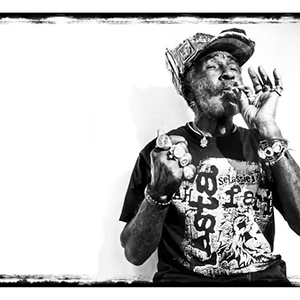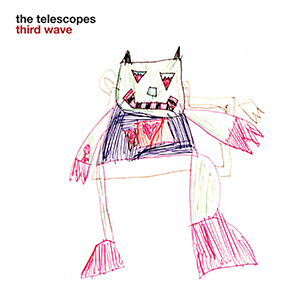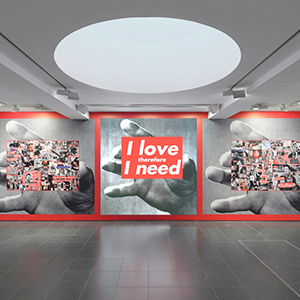Foundation: Acquaphonica’s Chiaroscuro
By Jo Phillips
Passionate, dramatic, haunting – Caravaggio’s paintings are raw, beautiful and it’s hard not to stare at them. The colours are intense, and the shadows make the scene seem deeper by adding light into the darkness. The dramatic effect in some of the great masters’ paintings is achieved by using the chiaroscuro technique, which was developed in the Renaissance. The technique uses strong contrasts between light and dark, to create a deeper perspective in the paintings. It was practiced by many artists, including Caravaggio, Rembrandt, Leonardo Da Vinci, to name a few.
Fast forward to the present, chiaroscuro has been taken to many different directions. For example, in our latest PATH issue, we explored its use in film, think film noir. In the 1940s and ’50s filmmakers started using black and white colours and specific lighting to convey danger, drama and intrigue, and now, using different colours, shadows and effects, Hollywood produces some of the most beautiful films.
Here, we explore another field where chiaroscuro has found a place, however unusual it may seem. Music.
“The word seemed to represent perfectly what I wanted to say; it makes me think of contrasts, visual identities, prospective on a single object, which modulates its shape depending on how and from where you look at it” Italian pianist and composer Federica Colangelo shares her thoughts with us.
After spending several years in the Netherlands, studying and playing music, she has now returned to Rome, where her musical journey began. We were intrigued by the connection between her life and some of the chiaroscuro masters – having lived in both countries where they created their masterpieces, she says she’s strongly influenced by fine art, images and colours. “Each note and tonality have their own colour and shade” Chiaroscuro is the name the second album which she recorded with her band Acquaphonica. We spoke to her about music, inspiration and being a girl-boss.

Federica has been in love with music since she can remember. She grew up listening to classical music and got her first piano when she was 8.
“I saw a piano at some family friend’s house and I totally fell in love with it. A few weeks later, my mum got me one. I started having piano lessons twice a week, with a marvellous piano teacher, who thought me until I was 18.”
When she attended concerts, she was impressed by the orchestras. She studied classical piano, and was inspired by composers such as Bartok, Stravinsky, Debussy and Ravel. 10 years later, she decided it was time to take a break from classical music. The Köln Concert by Keith Jarrett pushed her towards improvisation – which at that time for her was jazz.
Her music aims to draw together threads from diverse genres – there are elements of classical music, in the way she approaches structures, jazz harmonic frames for improvised sections and rhythmic diversion and modulation, which she acquired from the South Indian classical music.

“I think it’s pretty descriptive and visual, often compared to film music”, she explains. Federica is now her own boss and employee, and describes having a project like having a full- time job – she is the artist, manager, marketing director… “I had to learn skills which are not exactly what being an artist should mean; emailing, advertising, calling and contacting people for concerts, taking care of the social media, website and the design of posters and flyers, next to the musical aspects of writing, arranging, playing the music and preparing the material for the band members..”
Acquaphonica is a quintet, which features acoustic guitar and soprano saxophone, which steps out of the traditional sound of a jazz quintet, along with double bass, drums and piano. Federica started this project 7 years ago, and recently released the second album of the band.
“It’s a great satisfaction to have two albums on my name, and to build step by step the identity of my art; when the ideas come to life and reflect what first was just imagination, it feels magical.”
Their first album, Private enemy, came our 4 years ago, and it’s very different to Chiaroscuro, which has, in her view, a different, mature concept. Federica believes that contemporary jazz is the result of past experiences, knowledge and the subconscious, which tries to create a sound that reflects the life and the society we currently live in. It is evolving constantly, and is anchored to the tradition, yet inspired by it. We asked her to share with us her view on the transition from traditional to contemporary jazz.
“I guess it’s a pretty personal prospective, but the term jazz was first a term to describe the African American cultural movement, which started at the beginning of the twentieth century and it evolved from the blues. At that time jazz, the swing was dance music and was pretty popular; later the same word became much more abstract and nowadays it includes almost all that music which is improvised and is not classical music.”





